Fall gardening jobs – 6 seasonal tasks to add to your to-do list
Welcome a new season in your backyard by planting, tidying, and preparing for the colder weather ahead
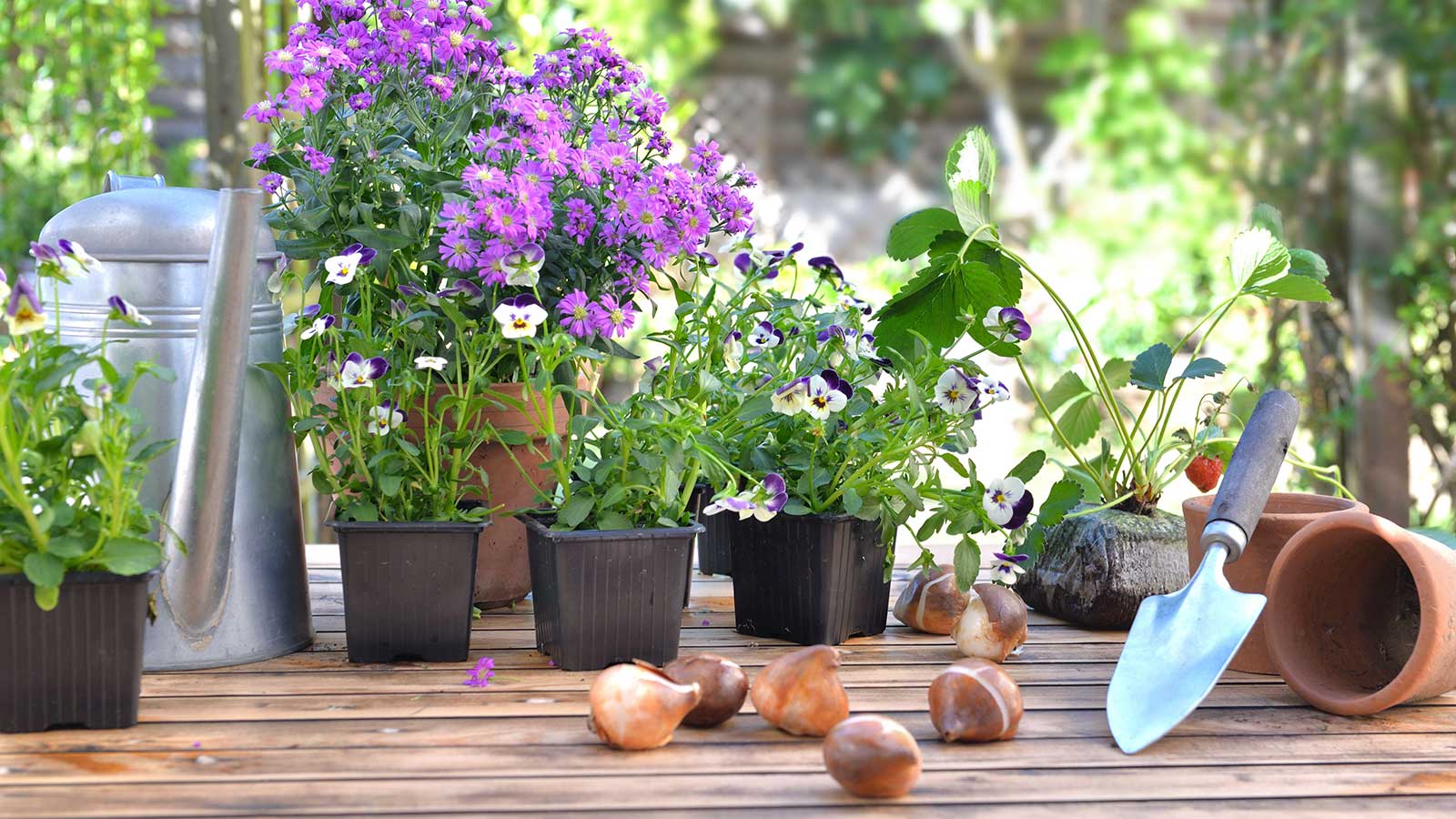

In fall, summer flowers fade, foliage drops, and the weather gradually transitions from blazing sunshine to cooler temperatures. These changes mean there are plenty of tasks to be getting on with in our backyards.
Think of it as setting the refresh button after all that summer heat. Borders can be tidied and prepped for new planting, lawns can benefit from a spot of TLC, and all those fallen leaves can be collected to make a useful gardening resource. You'll be rewarded with a better-looking fall garden that's well-prepared for withstanding winter and bouncing back to full, green glory in the spring.
6 gardening tasks for the fall months
Enjoy the fresh air while improving your outdoor space with these jobs.
1. Enrich your soil
Now is a good time to give your garden soil a boost. 'Start by removing spent plants,' says Rebecca Sears, CMO and Resident Green Thumb at Ferry-Morse. 'This is an important step as it helps prevent pests from overwintering by removing cozy, protective environments.'
Next, till your soil about 8 to 12 inches, pulling out any rocks or weeds as you go. You can then replenish the nutrients by adding in compost or fertilizer, tilling the soil again so that any amendments are evenly distributed, Rebecca says.
'You can purchase compost if you’re in a pinch, but if you want to save on your gardening costs and also reduce landfill waste you can start your own compost bin, filling it with fruit and veggie scraps, plant trimmings, leaves, and other biodegradable materials. It can take six months to a year for your compost to be fully ready, but starting your composting bin now will help ensure it’s ready for next year’s fall garden.'
Once you’ve mixed in your amendments, Rebecca recommends hydrating it. 'This will help settle the soil and ensure those amendments are well-dispersed.'

As CMO and Resident Green Thumb for the Green Garden family of brands, Rebecca Sears nurtures the company's heritage but also looks to develop new products and solutions to help gardeners of all skill levels fuel their passion and become more successful in the garden. Rebecca has been gardening from coast to coast, first realizing her passion while living in Portland, Oregon, inspired by the public gardens throughout the city. When she relocated to the Northeast, she built upon her knowledge and craft, and now her backyard garden grows larger each year.
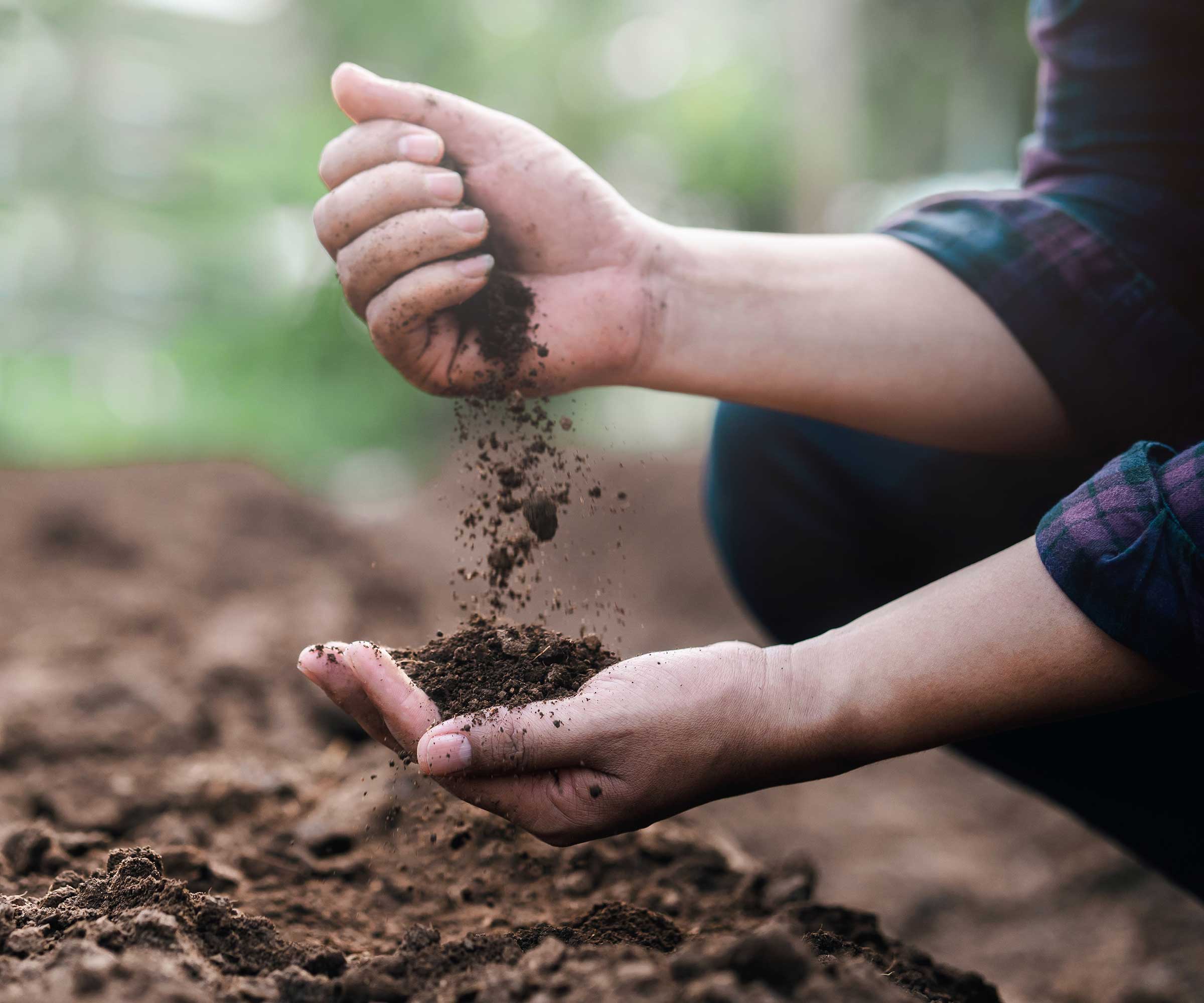
Replenish the nutrients in your garden soil with compost
2. Plant perennials
Once your garden soil has been improved, you can plant new perennial flowers. 'Planting them in the fall, at least six weeks before the first frost, allows them to establish a root system, says Rebecca. 'Then they’ll return year after year.'
It's important to choose plants that suit your hardiness zones, she highlights. Consider choosing varieties that will attract pollinators, too. 'Bee balm, for example, is a multi-use perennial that makes beautiful cut flowers, but also brings bees and hummingbirds to the garden.' Try 'Pardon My Cerise' bee balm from Nature Hills for its compact growth habit and stunning blooms.
'Mums are a staple for the fall season', she continues, highlighting that they’re exceptionally hardy, come in beautiful red and orange tones, and will keep butterflies coming to your garden as the summer winds down. They're also the perfect choice for fall container displays. 'Most mum varieties will grow back successfully in zones 7-9.'
'Additionally, fall is the best time to plant bulbs like tulips, daffodils, and crocuses, which flower in the spring,' says Janna Bradley, Co-founder at Landscape Management Network. 'To maximize outcomes and maintain a clean look in your garden, plant them alongside perennials like catmint and hostas so the bulbs will be hidden when they go dormant.'
Most spring bulbs can be planted in September, but tulips should be planted later – usually in November – to reduce the risks of fungal diseases.

Janna is the Co-founder and COO of Landscape Management Network and has more than two decades of experience in the landscaping industry. Aside from helping run operations at LMN, Janna is an avid outdoors enthusiast and gardener.
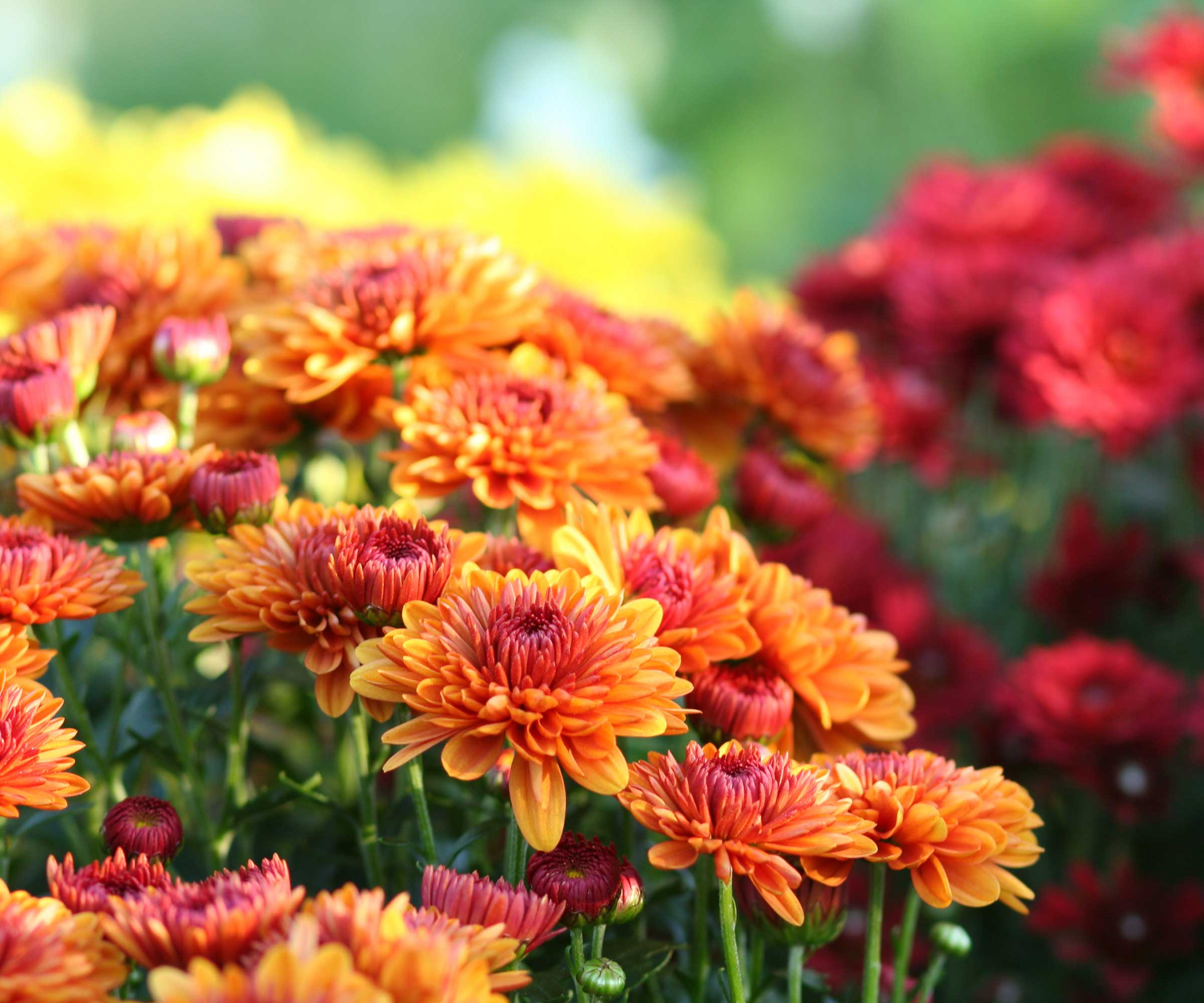
Chrysanthemums bring vibrant color to the fall garden
3. Divide overcrowded plants
'Another key task is dividing overgrown perennials like hostas, daylilies and bee balm,' highlights Lindsey Chastain, a homesteader and Founder of The Waddle and Cluck blog. This helps to rejuvenate them so that they grow better next year, and also helps to prevent diseases and pests, she says. Plus, it will feel like you have new plants for free!
The process is simple. Use a shovel or garden fork to lift the plant out of the ground, then separate it into smaller clumps, Lindsey instructs. Then, replant the divisions back in the garden, watering them in well.

Lindsey started gardening in 2005, when her first son was born, as a way to save money. It started with a small window herb garden, then expanded to potted vegetables, and now, she and her husband can regularly be spotted in the garden on their homestead.
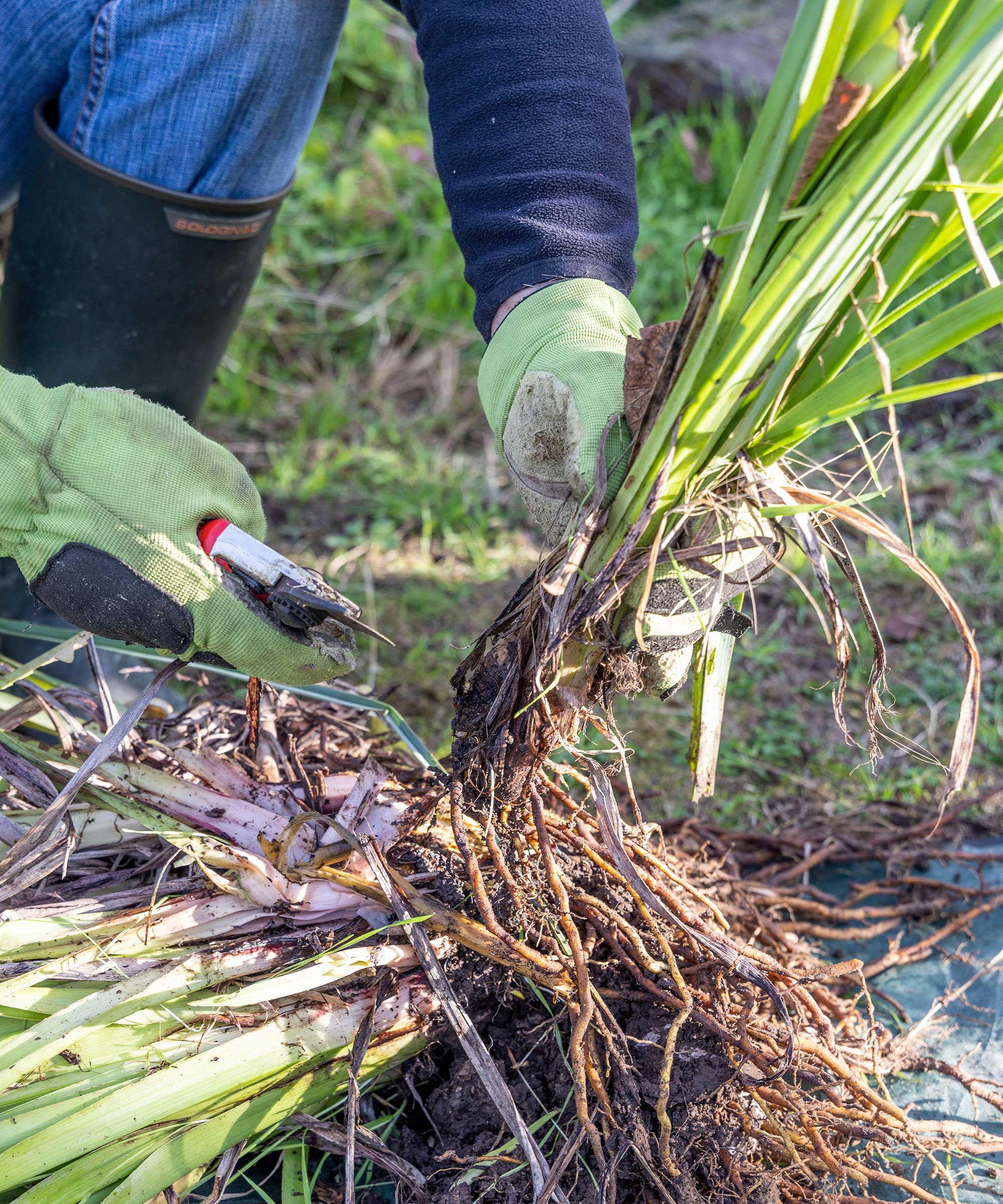
Dividing plants encourages them to grow strongly
4. Collect flower seeds
Speaking of new plants for free – hold back on deadheading all of the last summer blooms in your garden and you'll be rewarded with seeds. These can then be collected up by hand and either sown directly or in pots, or stored in labeled envelopes for planting next year.
You can collect seeds from coneflowers, marigolds, cosmos, sunflowers, zinnias, and many more. Wait until they are ripe and collect them on a dry day, before they are naturally dispersed.
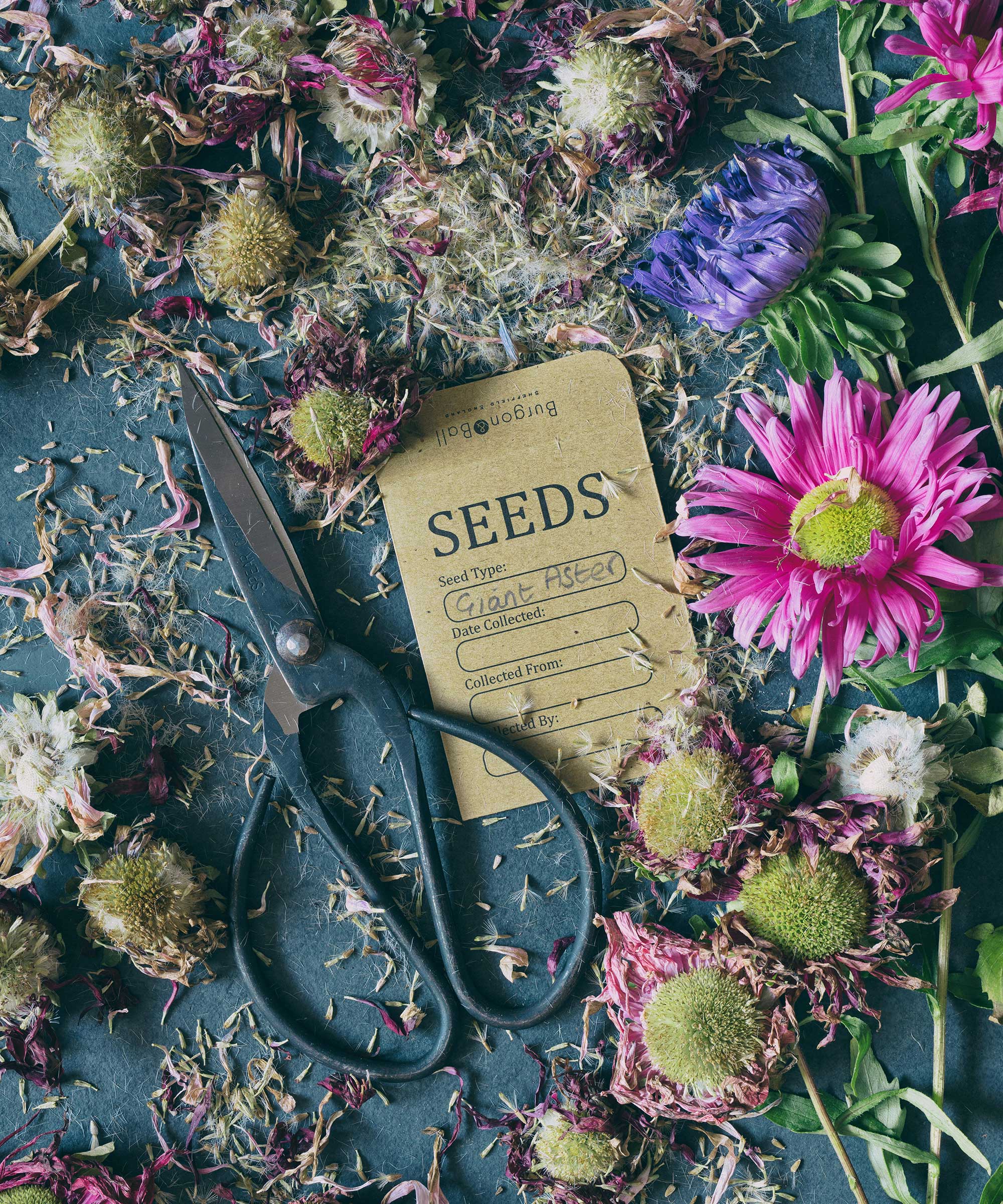
Collect seeds once they have ripened
5. Clear up leaves to make leaf mold
Many trees have beautiful fall color. But after their dazzling display, their foliage drops, covering lawns and patios. This can stain hardscaping, cause slip hazards, and smother lawns, so it's best to rake them up and put them to good use by making leaf mold.
All you need to do is put the collected leaves into black trash bags with holes pierced into the sides. Then, leave them to break down for a couple of years. The resulting material can then be used as mulch or compost.
Gardzen Gardening Leaf Rake Set | $28.79 from Amazon
This set includes everything you need to clear leaves from your plot with ease: a 12-tine rake, a pair of leaf scoops, a 72-gallon garden bag, gloves, and protective paddings.
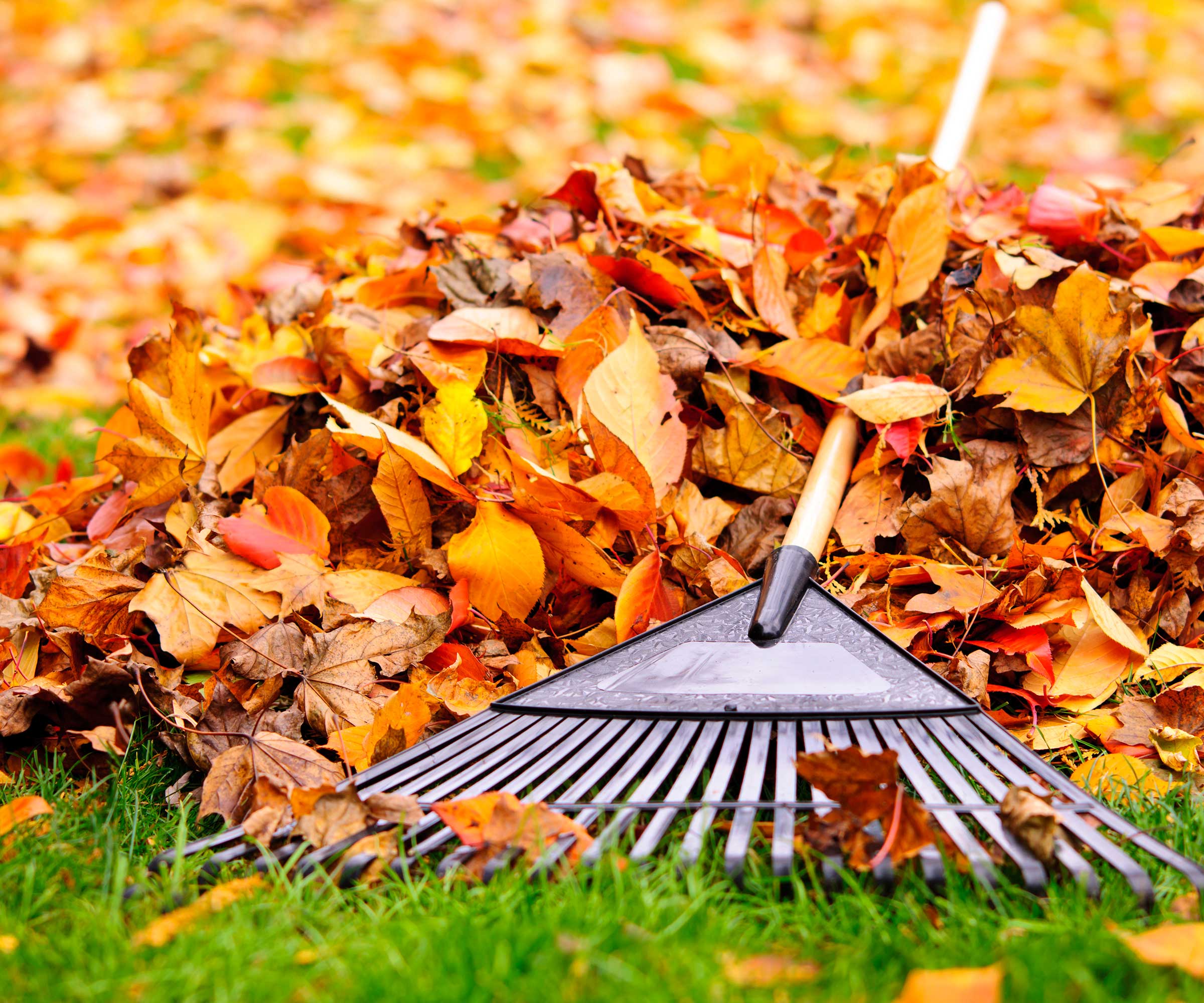
Raking leaves tidies up your plot
6. Give your lawn some TLC
The start of fall is a good time to carry out some lawn care to restore them from summer heat and prepare them for cooler weather ahead.
Your lawn will probably still be growing, so you'll need to continue to mow it regularly. Lightly dethatch it and, if it's compacted, aerate it, too. This will improve drainage which will mean less risk of puddles forming during heavy rain. Now is also a good time to overseed lawns and apply a fertilizer.
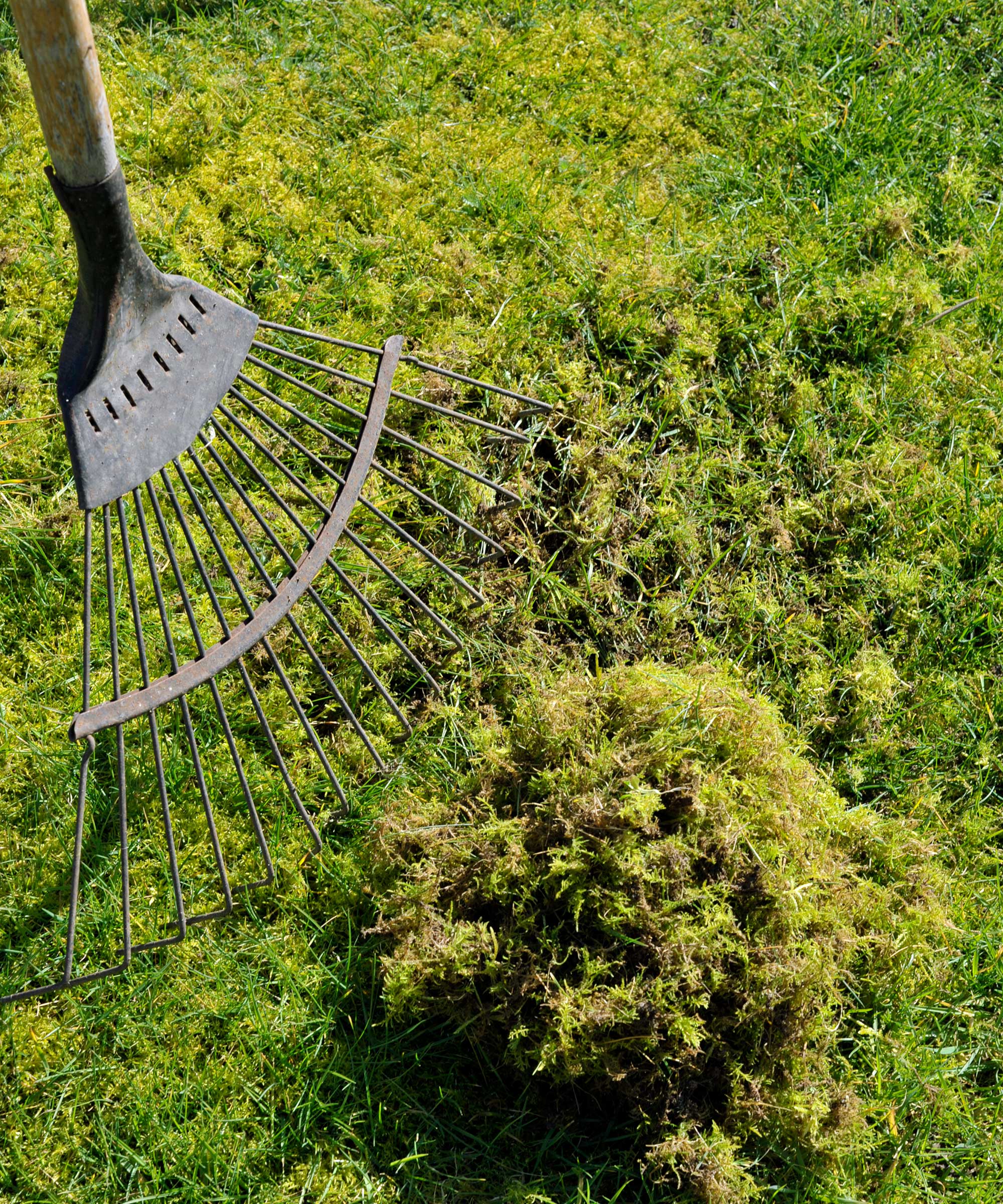
Improve your lawn before winter arrives
FAQs
Can you plant trees in the fall?
There are lots of tree care jobs you can do in the fall, including planting new ones. The still-warm soil and the crisp air are the perfect environmental combination for promoting healthy root growth, says Janna Bradley, Co-founder at Landscape Management Network.
'Make sure to give these new additions at least six weeks to settle into their new homes before the weather gets too cold and the ground potentially freezes,' she adds.
Should you mulch your garden in the fall?
Mulching in early fall is a great way to improve your garden soil and protect perennial roots from the winter cold. Apply it when the soil is moist, and remember to leave a gap around the stems of woody shrubs and the trunks of trees to avoid the risks of damage caused by rot.
As well as sorting out your garden this season, consider updating your outdoor living space, too. There are plenty of ways to give your patio a fall makeover – whether that's with a new fire pit for upping the cozy factor, a stylish outdoor rug, or a carefully-curated pumpkin display.
Sign up to the Homes & Gardens newsletter
Design expertise in your inbox – from inspiring decorating ideas and beautiful celebrity homes to practical gardening advice and shopping round-ups.

Holly started writing about gardening five years ago, and she is a regular contributor to Homes & Gardens. She has also written many gardening features for Woman & Home and Real Homes, too. She has previous experience as a professional gardener, where she helped to plant and maintain private gardens. Holly has also looked after allotment plots over the years and loves to grow her own flowers and veggies from seed. In her spare time, she enjoys visiting local gardens, botanical drawing, and tending to her ever-growing collection of houseplants.
-
 These are the 6 must-have colors to decorate with in April 2025
These are the 6 must-have colors to decorate with in April 2025What do retro-inspired yellows and beautiful blues all have in common? They're on our hot list for the season ahead
By Sophia Pouget de St Victor Published
-
 Plants never to grow next to fruit trees
Plants never to grow next to fruit treesExpert advice on which plants to keep away from fruit trees to encourage a healthy harvest
By Jacky Parker Published
